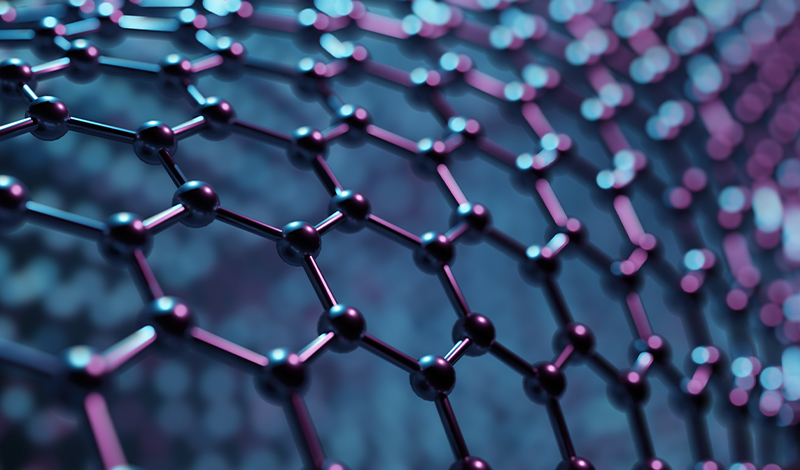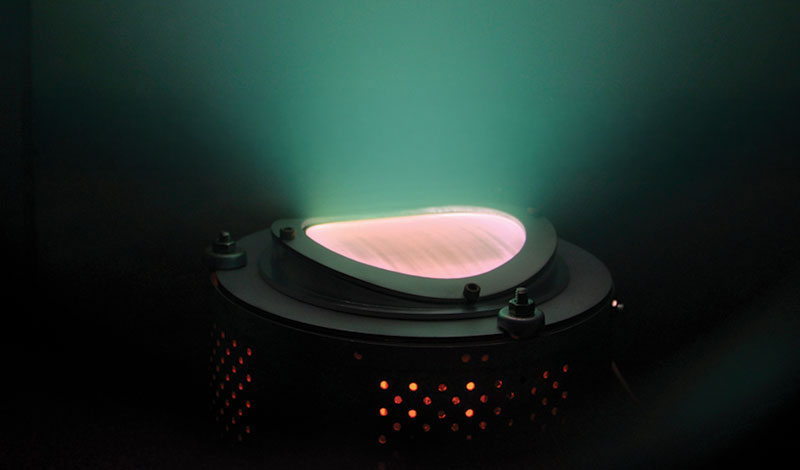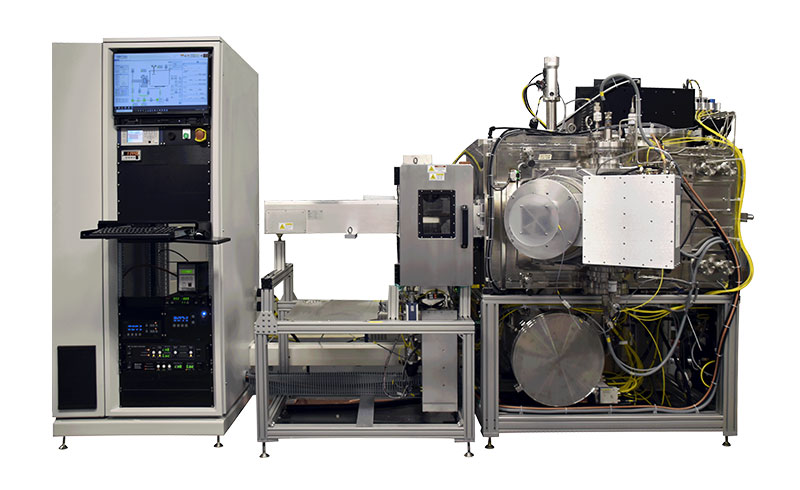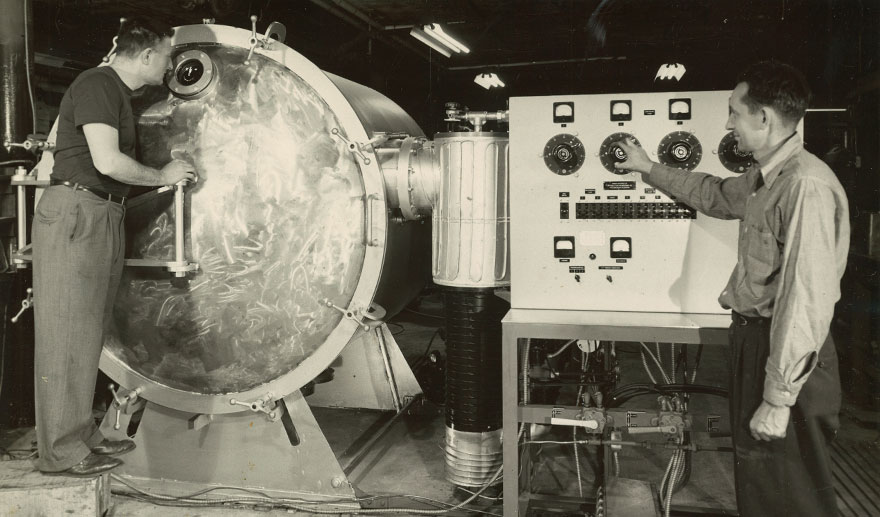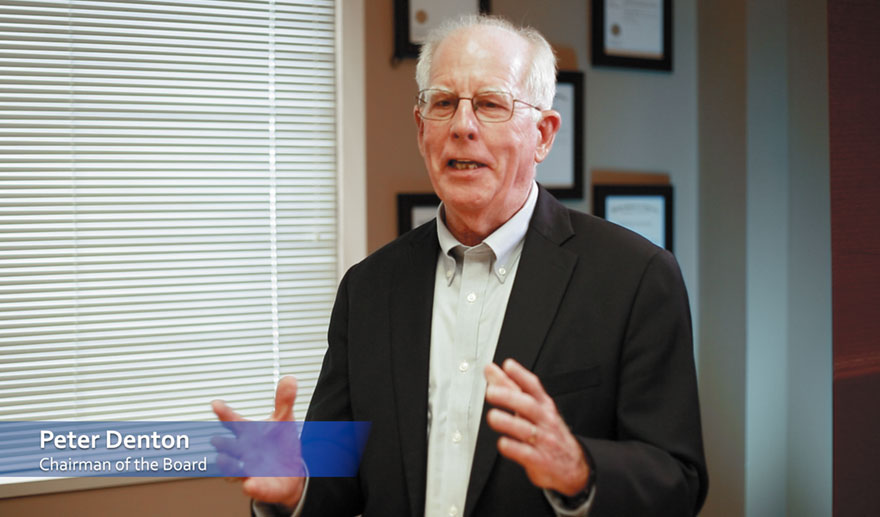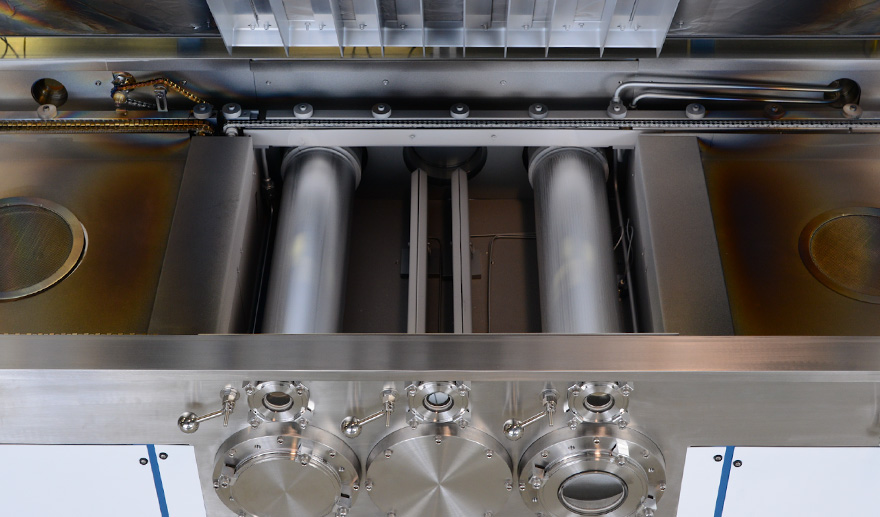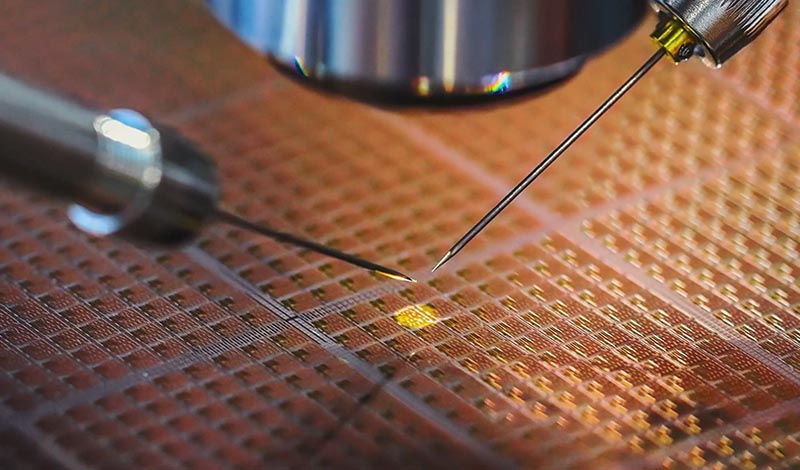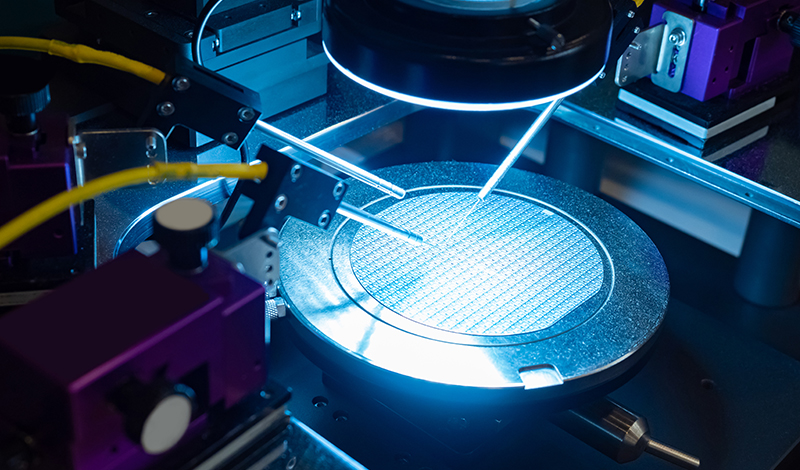

Using Broad IBE to Create Automated, Repeatable QA and FA Processes
Posted on
In the intricate world of semiconductor manufacturing, understanding device failures and maintaining consistent quality is more than a technical challenge – it’s a critical business strategy. The smallest of quality issues can snowball to have an outsized impact on yield and profitability. Denton’s Infinity FA system can create automated, repeatable Failure Analysis (FA) and inline… Read More
